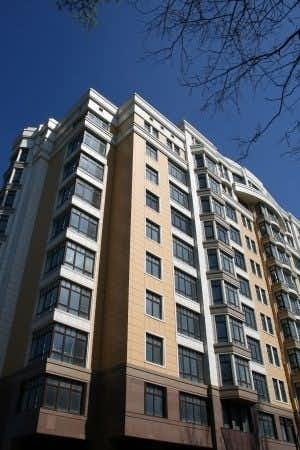This case involves the owner of a of a ten-story apartment building who took out a “named perils” property insurance policy. The insurance network policy covered direct physical loss or damage caused by any of 14 kinds of events. The insurance policy covered vandalism and described this as willful and malicious damage to or destruction of the property. A company that owned a lot next to the building decided to build a new building there that included an underground parking garage. The company hired contractors to do the excavation. The excavation caused cracks in the walls and foundations of the apartment building and when the cracks became more pronounced, the building began to settle. The owner of the apartment building was afraid that the building would collapse so he complained to the city’s Department of Buildings. The Department issued a series of violations and “stop work” orders, but the contractors ignored these orders and kept working. The owner of the apartment building made a claim under its policy and the insurance company rejected the claim. The owner then brought a lawsuit claiming that the excavation work was “vandalism” and was covered by the insurance policy.
Question(s) For Expert Witness
1. Can the owner of an apartment building that has a named perils insurance policy bring a claim for “vandalism” under the policy based on damage to a building from an adjacent excavation project?
Expert Witness Response
A “named perils” policy is a kind of disaster insurance policy that provides coverage for certain specific events that are named in the policy. The issue in this case is whether the owner of the apartment building can seek coverage for the damage caused by the excavation project even though the damage to the building resulted from acts not directed at the covered property. The insurer in this case probably rejected the initial claim because it did not consider construction-related damage to be vandalism. In general, vandalism does not need to specifically directed at the damaged property in order for an insured property owner to bring a claim under a “named perils” policy. This is because vandalism usually covers malicious acts that cause unintended damage to a property. In cases like this one where an excavator digs a hole and does so in conscious disregard of likely damage to an adjacent building, the excavator is usually held to have committed a reckless act of vandalism. In this case, the excavator’s intentional avoidance of stop-work orders probably was malicious conduct and the resulting damage was probably vandalism that was covered by the named perils policy.
About the author
Inna Kraner, J.D.
Inna Kraner, J.D., is currently Associate Director of Development - William S. Richardson School of Law. She worked in client development at Proskauer Rose LLP, and held various marketing positions at Skadden, Arps, Slate, Meagher & Flom LLP. She has experience litigating corporate, industrial, financial, regulatory, and controversy matters. Inna graduated with a J.D. from Boston College Law School and a B.A. from Brandeis University.



